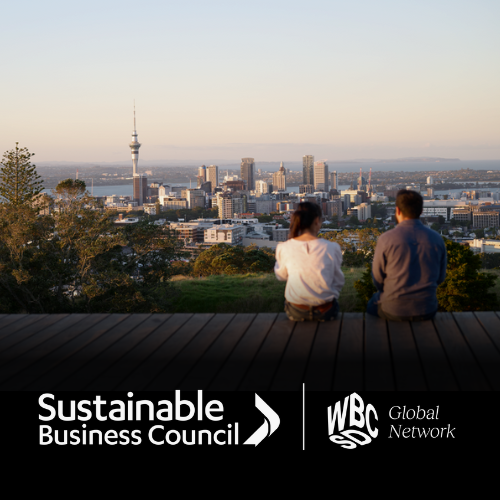Embed: Our first step towards engaging 158,000 SBC employees on climate action
Sustainable Business Council (SBC) members collectively employ more than 158,000 people full-time. That’s a lot of people, and a significant channel for business to use to help bring about positive change and accelerate the transition to a low emissions economy.
Sustainable Business Council (SBC) members collectively employ more than 158,000 people full-time.
That’s a lot of people, and a significant channel for business to use to help bring about positive change and accelerate the transition to a low emissions economy.
Many SBC members realise this and tell us they want to help their people reduce their emissions, both at work and home. They know their employees are consumers in their own right, and are therefore an important group to help shift the market more broadly. And they are easier to reach than consumers, because businesses have more direct channels of communication with them.
At SBC’s Embed: Climate Action workshop last week we learnt about three different approaches to engage with this group from SBC members.
SkyCity have supported members of their senior leadership team to measure their personal carbon footprints and have created a Green Fund that can be used to finance emissions reduction projects. Auckland Council have developed ‘FutureFit’ – a gamified carbon footprint tool to drive collective action on climate change (FutureFit.nz). And Ravensdown have developed an online module on climate change to educate and engage their people.
In these times of climate crisis as our sense of urgency grows, it can be tempting to launch into a project to engage staff without first taking the time to consider the different factors that lead to success.
I’d suggest when your company first starts working on a plan, take the time to really understand who your key audiences are and what channels of communication they use (are they on emails, social media, the company intranet or do they prefer a good old fashioned staff meeting!?)
Businesses should also develop a plan that makes it clear what they actually want staff to do. What is your project goal? Do you want employees to reduce their own emissions profile, or do you want them to come up with ideas to reduce the company’s footprint?
Every audience reacts to messaging in a different way, so it’s also good practice to consider the language or writing style you use. The Embed event included a workshop by Tony Gardener, from Catapult, to help us hone our listening skills, identify the audience that could have the biggest impact, and develop a strategic influencing approach.
I really encourage you to consider your options for influencing your people. Ravensdown have offered to share their climate change module content and several members have expressed interest in developing it into something that could be used by all SBC members. Watch this space.
SBC is proud to see so many of its members commit to ambitious emissions reduction targets and put transition plans in place.
Sustainability and emissions reduction strategies are now BAU in many different ways – And our members are making changes to their policies or processes, including emissions reduction targets in performance scorecards, or undertaking staff awareness or engagement initiatives.
All of these activities involve influencing individuals or groups of individuals to have a sound understanding of your company’s position on climate change, and the role they can play to drive emissions reduction activity.
Please contact [email protected] if you would like to get involved.
Contact: Kate Alcock, SBC Climate Programme Manager
Phone:
Email:

